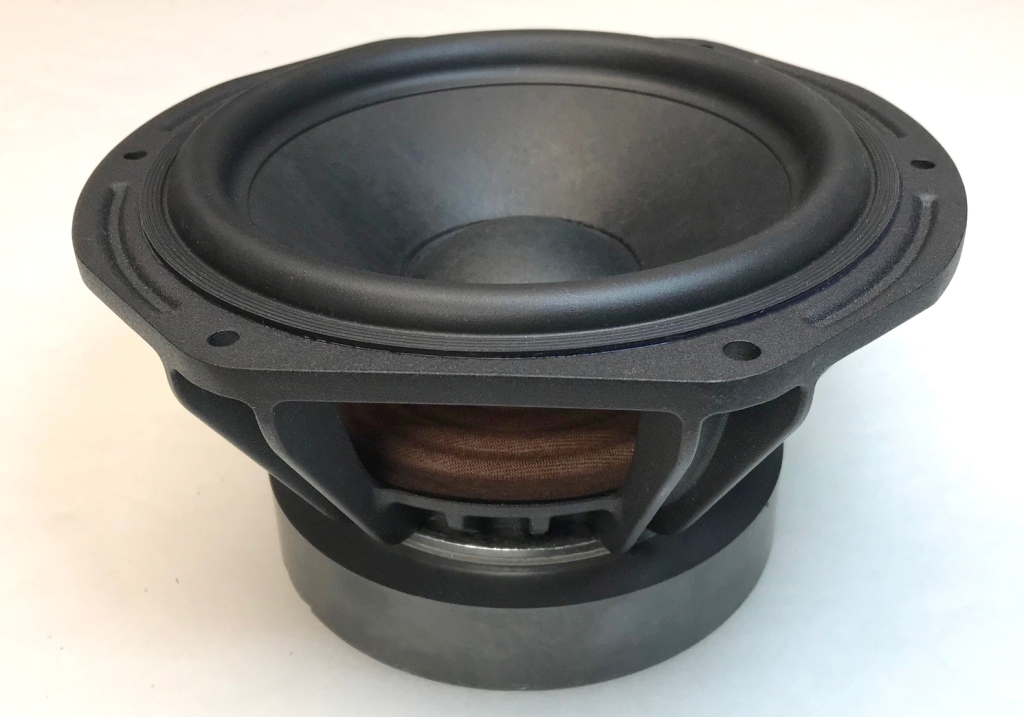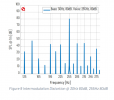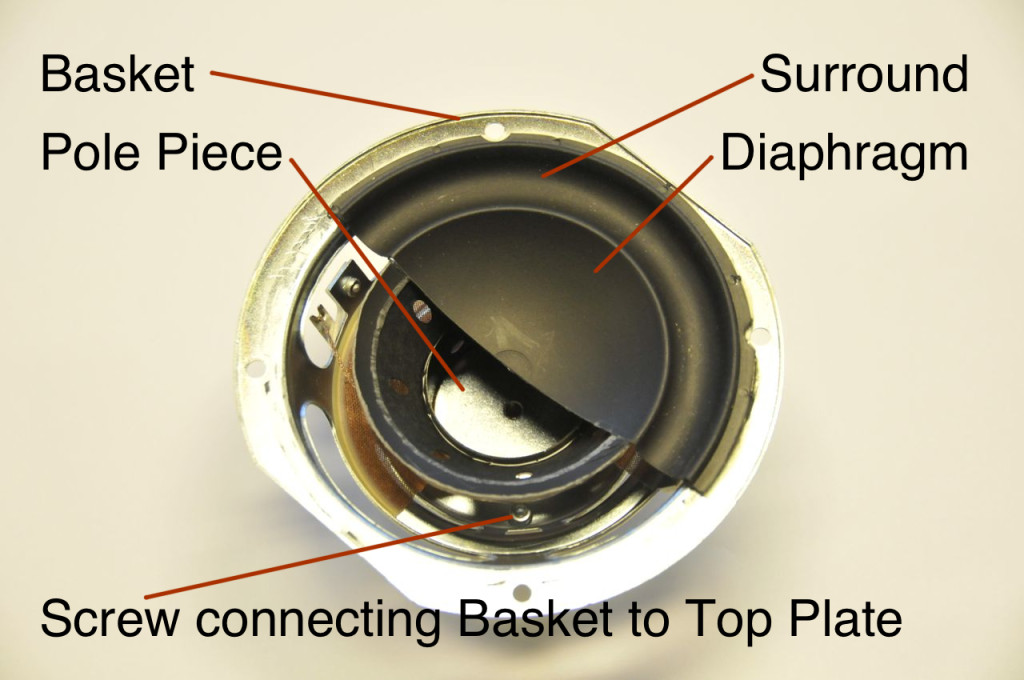fuzzychaos
Active Member
- Joined
- Dec 13, 2020
- Messages
- 129
- Likes
- 200
Exactly, I agree with your sentiment.I know the general sentiment is that fidelity is king, but the requirements for monitoring are different than listening for enjoyment. When the studio monitor manufacturers talk about suitability for listening distance, that is in reference to SPL and direct vs indirect sound dominance. They achieve this through controlled directivity, and a larger speaker is required to control directivity down to lower frequencies.
This same requirement doesn't necessarily apply to home listening for enjoyment. Direct sound dominance is essential for monitoring but not so when listening for enjoyment. And aside from a few very large speakers, the "far field" towers and bookshelves for home listening are not achieving direct sound dominance at a distance either. In fact many state they enjoy speakers with wider directivity (which will mean more indirect sound), because it provides greater envelopment.
So while I don't think there is harm in selecting a monitor that adheres to the manufacturer's guidelines for distance, most people don't have studio SPL requirements, and it's uncertain if direct sound dominance is a necessary goal.
This is how Genelec specs the distance recommendation in addition to SPL.
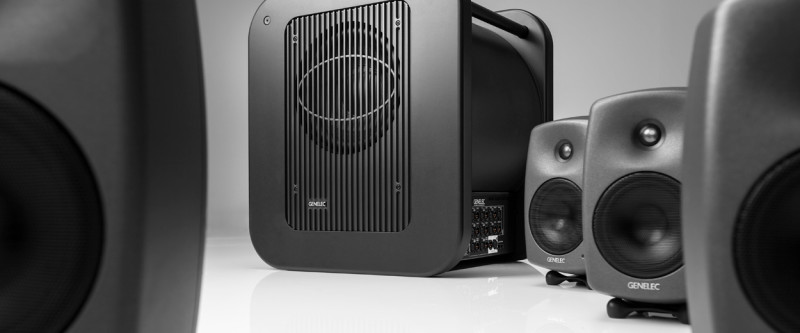
Correct Monitors - Genelec.com
A monitor, by definition, observes, checks, controls, warns or keeps a continuous record of something. An audio monitor, studio monitor or monitoring speaker is more than just a good-sounding loudspeaker. It is a device used in the process of recording, mixing or broadcasting audio in any...www.genelec.com
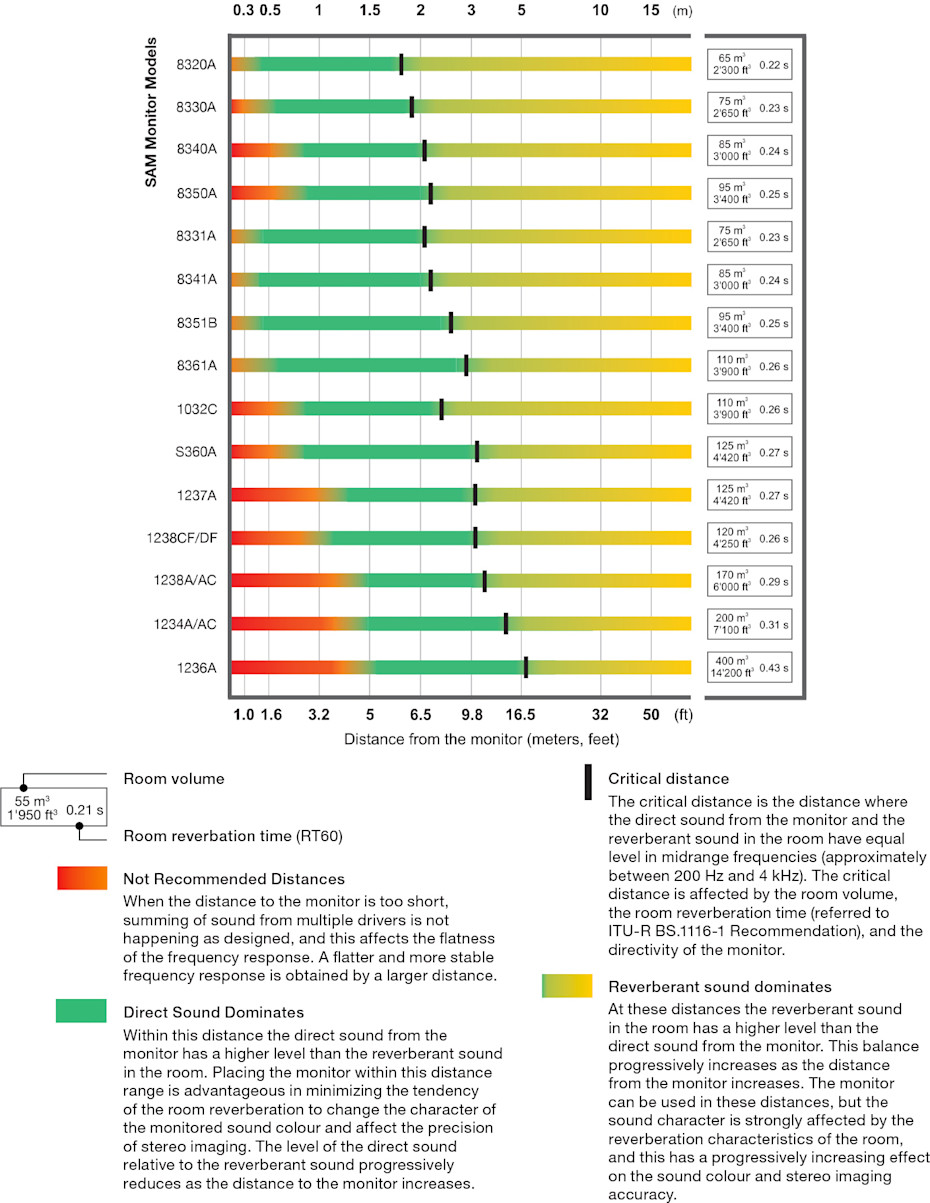
Direct sound vs room sound. Every living room speaker whether they are monitors, bookshelves, or towers are going to be more room sound and less direct based on the fact they are being listened to at a further distance. These Genelec’s and Neumann’s are being marketed to studios where direct sound would be important for mixing/mastering. For the living room, you are going to get the room sound regardless of speaker (unless you are sitting very close). I don’t get why it’s so hard for these guys to wrap their head around that. It’s quite simple, if you are mixing/mastering place them so they are within the recommended distance for direct sound, if not, it doesn’t matter (as long as they can get the SPL you desire at the distance you are sitting). As I have said several times before on here, Genelec makes the G series marketed toward consumers, they are 80xx monitors with an RCA connection and they fully expect them to be used at a further distance than the 80xx because they are using them for pleasure and not mixing. Same speaker, different use.

